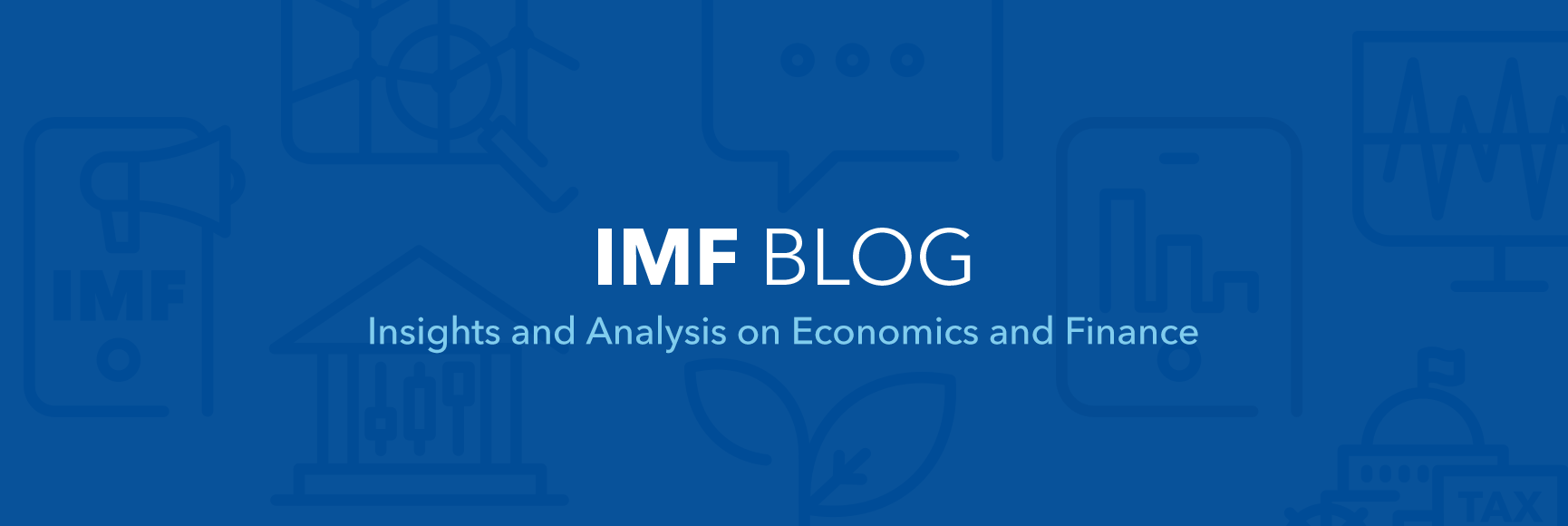(Versions in Español)
The Finance Minister answers her mobile. On the line is the Minister of Energy, who informs her that the country has struck oil and that he expects revenues from its sale to start flowing into the budget in the coming four years. While excited by the prospects of higher revenues—indeed the average resource-rich country gets more than 15 percent of GDP in resource revenues—she starts to ponder how to use these revenues for her country’s development. She is aware that only in rare cases have natural resources served as a catalyst for development; too often they have led to economic instability, corruption, and conflict or what has been termed as “the resource curse.”
Strong domestic institutions play a key role in helping to harness natural resources for development, but her country lacks these institutions and developing them is a long process. What should she do, given that the oil revenues will start to flow in the near future? A new IMF study assesses one of the options, namely distribution of the revenue directly to the people of the country.
The case for direct distribution
The Minister remembers reading a paper by Sala-i-Martin and Subramanian that argues citizens of an oil-rich country such as Nigeria—where institutions are weak—would be better off if all oil revenues were directly distributed to the citizens themselves. The authors’ main argument is that mechanisms of direct distribution circumvent inefficient or corrupt budget institutions and foster public demand for government accountability. If resource revenues are distributed to the public and clawed back through taxation, the argument goes, the public will demand accountability for the use of the resources.
Assessing the mechanisms of direct distribution
With this in mind, the Minister asks her advisor to provide an assessment of the pros and cons of directly distributing the wealth from natural resources to the population.
As a first step, the advisor looks at how other countries have responded in similar circumstances. To his surprise, he finds only one instance in which resource revenues are distributed directly, that is, in Alaska. However, the Alaskan approach is underpinned by strong budget institutions and official oversight, and the amount distributed is relatively small—only 3 to 6 percent of per capita income—and the direct distribution is made out of income earned from saved resource revenues.
To be thorough, the advisor also looks at the experiences of countries where governments provide cash or in-kind transfers to their populations—including conditional cash transfers, subsidies, and income support programs. He finds that these transfers have proven effective in reducing inequality, but that larger transfers to wealthier recipients might have the unintended effect of encouraging withdrawal from the labor force. He also learns that income support programs have tended to narrow their coverage in order to address the perception that they discourage recipients to work. He studies how entrenched energy subsidies are—despite being inefficient, inequitable, and bad for growth—as citizens see them as a way to reap benefits from resource abundance. Finally, he learns that the use of resource revenues outside the budget process can also fall prey to rent-seeking.
Six key observations
The advisor recognizes that providing critical public services to the country’s population without access to resource revenues would be very difficult. Moreover, he knows that the government’s ability to claw back resources through taxation is limited, and a comprehensive overhaul of the tax system—while needed—will take time. In this context, he presents the Minister with the following observations:
- First, if the Minister were to consider some type of direct distribution—whether small or large—it must be cast in the context of the overall design of fiscal policy. Spending and revenue-raising decisions—whether financed by natural resources or otherwise—should be based on the overall macroeconomic position.
- Second, there is little evidence to suggest that shifting the burden of decision making to the private sector—as direct distribution mechanisms purport to do—improves economic outcomes. The private sector might not be better placed to manage revenue volatility, immediately provide critical social services, deal with resource exhaustibility, and address intergenerational issues of savings and investment.

- Third, there is a risk that direct distribution would hinder the provision of public services. The share of resource revenues is often quite large compared to the current level of government spending; therefore, shifting sizable resources to the private sector means less money for roads, schools, and social services, particularly given weak tax systems that make it difficult to mobilize revenues from the nonresource economy.
- Fourth, direct distribution may create a culture of dependency on the state and could have a negative impact on labor supply. The experience with earned income credit programs in advanced economies and with conditional cash transfers suggest this could be an issue if cash transfers were large and reach the better-off segments of the population.
- Fifth, there is no guarantee that direct distribution mechanisms would not fall prey to corruption and political pressures. Direct distribution outside the budget entails significant risks—as suggested by the experience with extra-budgetary funds in many countries.
- Finally, there may be a role for direct distribution in the economy provided it is relatively small in size and part of the budget framework.




